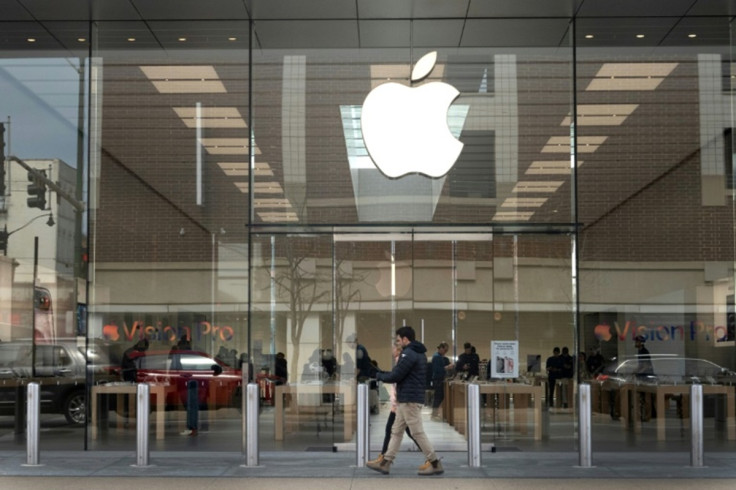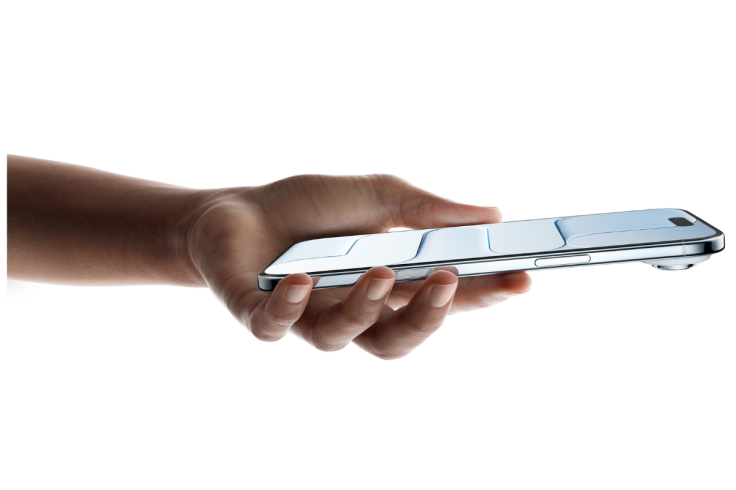The iPhone Air Problem: How Apple's Boldest Design Failed to Impress Consumers
Apple's ultra-thin iPhone faces poor sales as production cuts highlight weak demand.

Apple's bold attempt with creating the world's thinnest smartphone has not gone according to plan. The iPhone Air, once promoted as the company's boldest design leap in years, is now facing weak demand and a sharp production slowdown. Despite its sleek profile and premium build, the device has failed to resonate with mainstream buyers, triggering a dramatic production slowdown and raising questions about the future of ultra-thin phones.
According to reports from Nikkei Asia and The Elec, suppliers have begun cutting output to near-end-of-life levels amid sharply falling orders across multiple regions.
Mizuho Securities has reduced its sales forecast for the device, citing lower-than-expected demand. At the same time, TF International Securities analyst Ming-Chi Kuo reported on X that suppliers have scaled back capacity by up to 80 per cent.
These developments have raised concerns about the long-term success of Apple's ultra-thin design strategy.
High Ambition, Low Pay-Off
The iPhone Air launched last month as Apple's slimmest handset to date, measuring just 5.6 millimetres thick. It shares many features with the iPhone 17 and 17 Pro, including a 48-megapixel primary camera. However, early users noted that the slim body introduced compromises that affected usability.

Reviewers noted short battery life, a single speaker, and the need for a £99 MagSafe battery pack to sustain a full day of use. The phone's price also sits above the standard iPhone 17, leaving many consumers questioning its overall value. Bloomberg's Mark Gurman also said the iPhone Air's high price does not justify its limited specifications.
Mixed Signals from China
Interestingly, the iPhone Air's reception has not been uniformly poor. Following Apple CEO Tim Cook's visit to China, the South China Morning Post reported that the model briefly sold out in several regions. Analysts at Counterpoint Research also noted that it initially outsold the iPhone 16 Plus, the model it replaced. However, they warned that the Air would remain a niche product rather than a mainstream success.
However, those early bursts of enthusiasm faded quickly. By November, Nikkei Asia reported that production orders had fallen below 10 per cent of the original launch volume. Analysts say this trend reflects a broader market decline in interest in ultra-thin smartphones.
A Wider Market Shift
Industry surveys indicate that buyers are prioritising battery life and durability over extreme thinness. The cooling interest in slim designs follows similar struggles at Samsung, whose Galaxy S25 Edge performed poorly worldwide. The company has also been reported to cancel future thin models in the S26 range.
This drop in demand could lead Apple to adjust its approach ahead of the iPhone 18 line. Analysts believe the Plus-sized variant may return next year as Apple rethinks its product mix and pricing strategy.
Lessons for Apple's Future
The iPhone Air highlights the risks of prioritising aesthetics over practicality. In fact, supply-chain sources predict that stock could shrink by more than 80 per cent heading into 2026, echoing the fate of past underperformers such as the iPhone Mini and iPhone 14 Plus.
This stumble comes as Apple prepares to launch its first foldable iPhone next year. Analysts suggest that the company will need to reassess features, pricing, and design priorities to better align with consumer expectations.
© Copyright IBTimes 2025. All rights reserved.





















